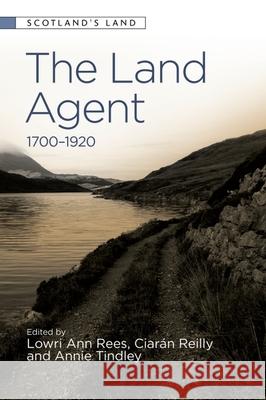The Land Agent: 1700 - 1920 » książka
topmenu
The Land Agent: 1700 - 1920
ISBN-13: 9781474438872 / Angielski / Miękka / 2019 / 272 str.
The Land Agent: 1700 - 1920
ISBN-13: 9781474438872 / Angielski / Miękka / 2019 / 272 str.
cena 112,22 zł
(netto: 106,88 VAT: 5%)
Najniższa cena z 30 dni: 100,70 zł
(netto: 106,88 VAT: 5%)
Najniższa cena z 30 dni: 100,70 zł
Termin realizacji zamówienia:
ok. 12 dni roboczych.
ok. 12 dni roboczych.
Darmowa dostawa!
Kategorie BISAC:
Wydawca:
Edinburgh University Press
Seria wydawnicza:
Język:
Angielski
ISBN-13:
9781474438872
Rok wydania:
2019
Dostępne języki:
Angielski
Ilość stron:
272
Waga:
0.41 kg
Wymiary:
23.123.1 x 15.223.1 x 15.2 x 1
Oprawa:
Miękka
Wolumenów:
01
Dodatkowe informacje:
Bibliografia
Wydanie ilustrowane
Wydanie ilustrowane











